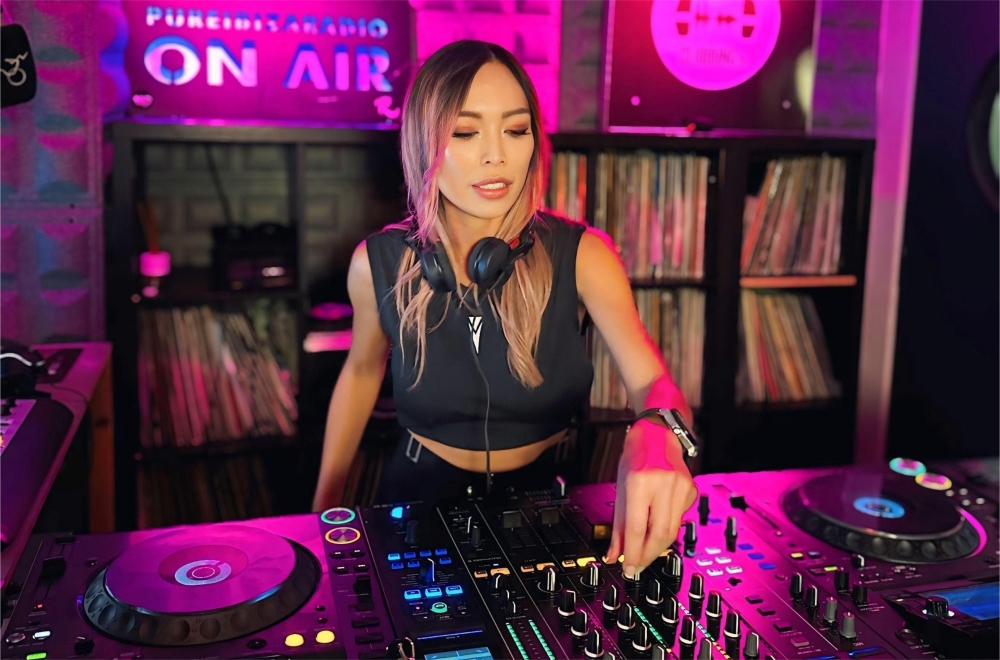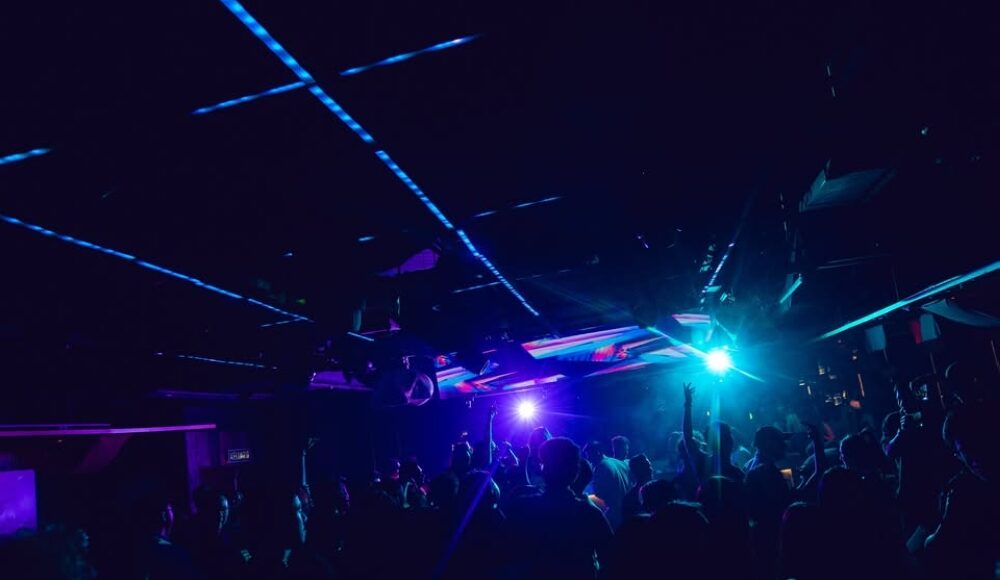KUALA LUMPUR, May 4 — Once seen as a niche subculture, Malaysia’s DJ scene has evolved into a cornerstone of nightlife, offering clubgoers a powerful mix of music, community, and culture.
Today, a night out clubbing has become a go-to escape for many Malaysians, offering a chance to unwind and embrace the nightlife, with disc jockeys (DJs) always on hand to elevate the energy with their electrifying beats.
In this feature, Malay Mail explores the evolution of local DJ culture — from shifting club dynamics and technological change to challenges of visibility and representation — through the eyes of seasoned insiders.
From buddies to battles
Khaidir Jaafar, 48, a local DJ, recalled the ‘90s and early 2000s as a time when mutual support and growth were prioritised over rivalry.
“It was all about camaraderie, not competition,” he said.
Around 2010, especially in Kuala Lumpur, the scene began to shift, with networking and established connections becoming increasingly important for securing gigs, sometimes more so than raw talent.
This made it harder for new and independent DJs to secure gigs.
Local DJ Khaidir Jaafar predicts that the DJ scene in Malaysia will evolve with greater technological integration and emerging music trends. — Picture courtesy of Khaidir Jaafar
The result, according to Khaidir, is a growing focus on branding and networking — often at the expense of raw talent.
“While self-promotion is crucial today, it often takes precedence over genuine talent,” he added.
Clubbing culture shifts with the times
Alongside changes within the DJ community, clubbing culture itself has transformed.
Khaidir remembered a time when clubs were more egalitarian, with everyone focused on the music.
“Today, VIP bottle service dominates, prioritising high spenders and social status over the music,” he said.
“Clubs have become more about luxury than the music itself.”
Social media and influencer culture now play a significant role in bookings, often favouring DJs with large followings and making more difficult for lesser-known DJs to break through.
These shifts also reflect a broader trend in the entertainment industry, where businesses must adapt quickly to survive.
As Khaidir put it, “It’s simply the nature of the industry, where businesses must do whatever they can to stay afloat.”
Tech takeover
The DJ profession has also been reshaped by rapid technological advancement.
Turntables and analogue mixers have given way to digital tools, making DJing more accessible than ever.
Devices like CDJs (which play music from digital sources) and XDJs (which work with USB drives or SD cards) are now industry standards.
While vinyl records were once essential, today’s DJs typically arrive with a USB or external hard drive.
As Reeve, 39, noted, “It has made DJing more accessible.”

Jamie Yan, formerly known as DJ Desire, recalls that female local DJs were a rarity in the past due to male dominance in the scene. — Picture courtesy of Jamie Yan
Money matters
Financially, the DJ scene has undergone significant changes.
Kuza Hertz, 31, said that in the past, supporting DJs relied on fans mentioning their name at the door to earn RM5 per person.
Headliner DJs would receive a flat fee ranging from RM500 to RM3,000.
“Today, supporting DJs are guaranteed a minimum of RM100 to RM300 per hour, with headliners earning significantly more,” said Kuza.
He attributed the shift to a growing number of clubs, a busier nightlife scene, and rising pay across the board.
“Alternatively, they may simply be a sign of how the industry has evolved.”
Breaking barriers: Women in the DJ scene making waves
For women in the industry, the journey has been especially challenging.
Jamie Yan, 44, formerly known as DJ Desire, recalled that in the 1990s and 2000s, female DJs were rare.
“The scene was male-dominated, which is probably why many women were reluctant to enter the industry,” Jamie said.
Today, the landscape has shifted.
Award-winning DJ Tasha noted a significant increase in female DJs performing at major events and gaining recognition.
She cited Sherry Alyssa and Jenni-F as leading this new wave.

Award-winning DJ Tasha observes a significant increase in women entering the DJ world today. — Picture courtesy of Tasha
The growing visibility of successful female DJs has inspired more women to follow suit.
Events like the S20 Festival in Taiwan have helped raise the international profile of Malaysian women in DJing.
Local collectives such as Cherry Bomb have also played a role, offering platforms for new female talent.
This progress aligns with a broader push for diversity in music, with more organisers actively seeking female acts to balance gender representation.
Still, challenges remain.
“Many still have to work harder to prove their skills and commitment, especially in a male-dominated industry,” said Tasha.
“These obstacles can be discouraging, but many women are pushing through with talent and resilience.”
The future is loud
Undoubtedly, Malaysia’s DJ scene will continue to evolve.
With greater technological integration, shifting trends, and a new generation stepping up, the energy behind the decks shows no signs of fading.
Whenever you head to the club, chances are a local DJ will be there — ready to turn up the volume and keep the crowd moving.





